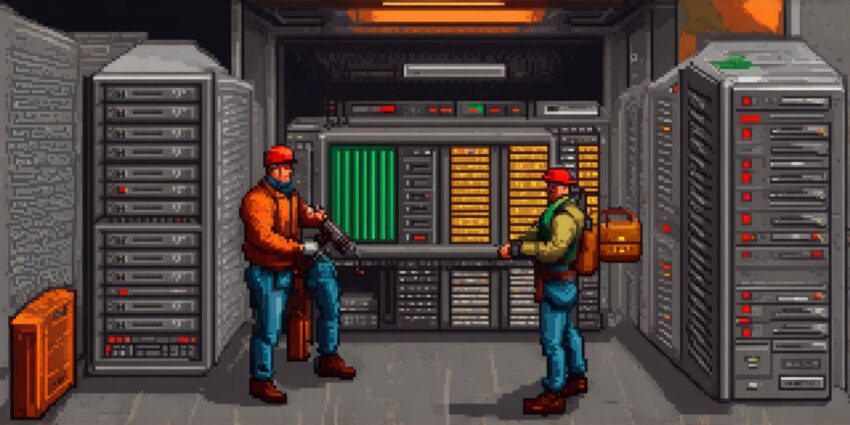Team Fortress 2 (TF2) is an incredibly popular multiplayer first-person shooter game that is enjoyed by millions of players worldwide.
Why Set Up a Dedicated Server?
Whether you are a casual or professional player, having a dedicated server can significantly improve your gaming experience. In this article, we will guide you through the process of setting up a dedicated server for TF2, and we will optimize it to ensure maximum performance and security.
There are several reasons why you may want to set up a dedicated server for TF2:
-
Improved Performance: When playing on a dedicated server, you can expect faster load times, smoother gameplay, and fewer lag spikes compared to playing on a shared server.
-
More Customization Options: With a dedicated server, you have complete control over the server’s settings, including map rotation, game modes, and player permissions. This allows you to create a custom gaming experience that is tailored to your needs.
-
Improved Security: A dedicated server offers better security compared to a shared server because it is isolated from other servers on the network. This reduces the risk of hacking attacks and other types of security threats.
-
Improved Stability: When playing on a dedicated server, you can expect fewer server crashes and downtime compared to playing on a shared server.
-
Better Community Control: With a dedicated server, you have the ability to manage your own community, including moderating players and enforcing rules. This allows you to create a positive and enjoyable gaming environment for all players.
Steps to Set Up a Dedicated Server
-
Choose a Hosting Provider
-
Choose Your Server Specifications
-
Install and Configure the Server Software
Step 1: Choose a Hosting Provider
The first step in setting up a dedicated server is to choose a hosting provider. There are many hosting providers to choose from, but some of the most popular options include:
-
Steam
-
GameServers
-
HostHeroes

When choosing a hosting provider, it’s important to consider factors such as price, performance, security, and customer support. You should also look for a provider that offers easy-to-use tools for managing your server, as this will make the setup process much easier.
Step 2: Choose Your Server Specifications
Once you have chosen a hosting provider, the next step is to choose the specifications of your dedicated server. The server specifications will depend on the number of players you plan to host and the type of gameplay you want to support.
-
CPU: The CPU is responsible for executing instructions and controlling the overall performance of the server. A faster CPU will result in smoother gameplay and faster load times.
-
RAM: RAM is used to store data temporarily, allowing the server to access it quickly. More RAM will result in better performance and more players being able to connect to the server at once.
-
Storage: The storage capacity of the server will determine how much data can be stored on it. This is important for games that require large amounts of data, such as TF2.
-
Bandwidth: Bandwidth refers to the amount of data that can be transmitted and received by the server. This is important for games that require high bandwidth, such as TF2.
When choosing your server specifications, it’s important to strike a balance between performance and cost. You don’t want to overspend on a server with specifications that are too high for your needs, but you also don’t want to choose a server with specifications that are too low and result in poor performance.
Step 3: Install and Configure the Server Software
Once you have chosen your server specifications and hosting provider, the next step is to install and configure the server software. There are several different server software options available for TF2, including:
-
TFTPD: TFTPD is a popular open-source server software that is specifically designed for TF2.
